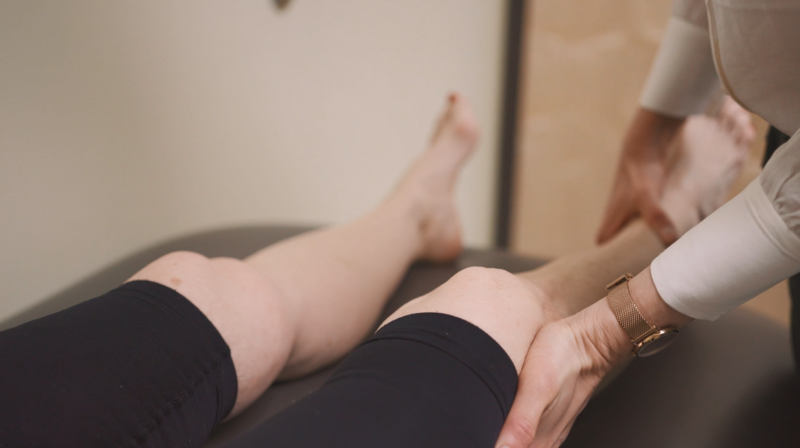One of the most popular orthopedic surgeries in the world is knee replacement, which helps people with chronic pain, arthritis, or severe joint damage. Yet, for many patients, one of the biggest questions before undergoing surgery isn’t just about outcomes, but about time. From preparation and the day-of procedure to recovery and long-term results, understanding the timeline can help set realistic expectations and reduce anxiety.
Preparing for Surgery
Preparation begins weeks before the actual operation. Most patients undergo pre-surgical evaluations, including blood tests, X-rays, and physical assessments, to ensure they are medically ready for anesthesia and surgery. Physical treatment may also be suggested by doctors to help strengthen the muscles around the knee and speed up the healing process.
Additionally, lifestyle adjustments are often suggested—such as improving diet, quitting smoking, or losing weight—to minimize risks and speed up healing. Patients should also prepare their homes by arranging safe, easy-to-access living spaces and ensuring support systems are in place. While this phase varies for each individual, preparation can take anywhere from two to six weeks.
The Day of the Procedure
When the actual surgery day arrives, many patients are surprised to learn that the operation itself doesn’t take as long as they imagined. The typical knee replacement procedure lasts about one to two hours. During this time, the surgeon removes damaged cartilage and bone, then implants an artificial joint designed to restore mobility and function.
Though the surgical procedure may only be a couple of hours, the entire hospital experience on that day is longer. Pre-surgical preparations, anesthesia administration, and immediate post-surgery monitoring can stretch the total time in the hospital to five to seven hours before patients are moved to recovery.
Early Recovery Phase
Once the surgery is complete, recovery begins almost immediately. Many patients start moving their new knee the same day or the following morning under the supervision of physical therapists. A hospital stay can range from one to three days, depending on the patient’s health and how quickly they adapt to mobility exercises.
Pain management is a crucial part of early recovery, often involving medications and ice therapy. During this time, walking aids like crutches or walkers are often used to keep the person safe and stable.
Long-Term Recovery Timeline
The recovery journey from knee replacement surgery is gradual and requires patience. For the first six weeks, physical therapy plays a central role in regaining strength and flexibility. By the three-month mark, most patients notice significant improvements, with many able to resume normal daily activities like walking without assistance and driving.
However, full recovery can take anywhere between six months to a year. The exact time frame relies on things like age, health, how committed you are to recovery, and whether you had surgery on one or both knees.
How Long Does a Knee Replacement Last?
Another time-related concern patients often ask about is not just how long the surgery and recovery will take, but how long does a knee replacement last. Modern knee implants are highly durable, with most lasting 15 to 20 years, and in many cases even longer. Advances in materials and surgical techniques mean that younger patients who undergo the procedure today can expect long-lasting results with proper care.
Putting It All Together
When viewed as a whole, the “length” of a knee replacement encompasses multiple stages. Preparation may take a few weeks, the surgery itself only a couple of hours, and initial recovery a few months, while complete healing can take up to a year. Beyond that, the benefits of a knee replacement can last decades, making the investment of time well worth it for many patients.
Understanding this full timeline allows patients to approach the process with realistic expectations. While the journey is not instantaneous, it is one that restores mobility, reduces pain, and offers a renewed quality of life for years to come.

